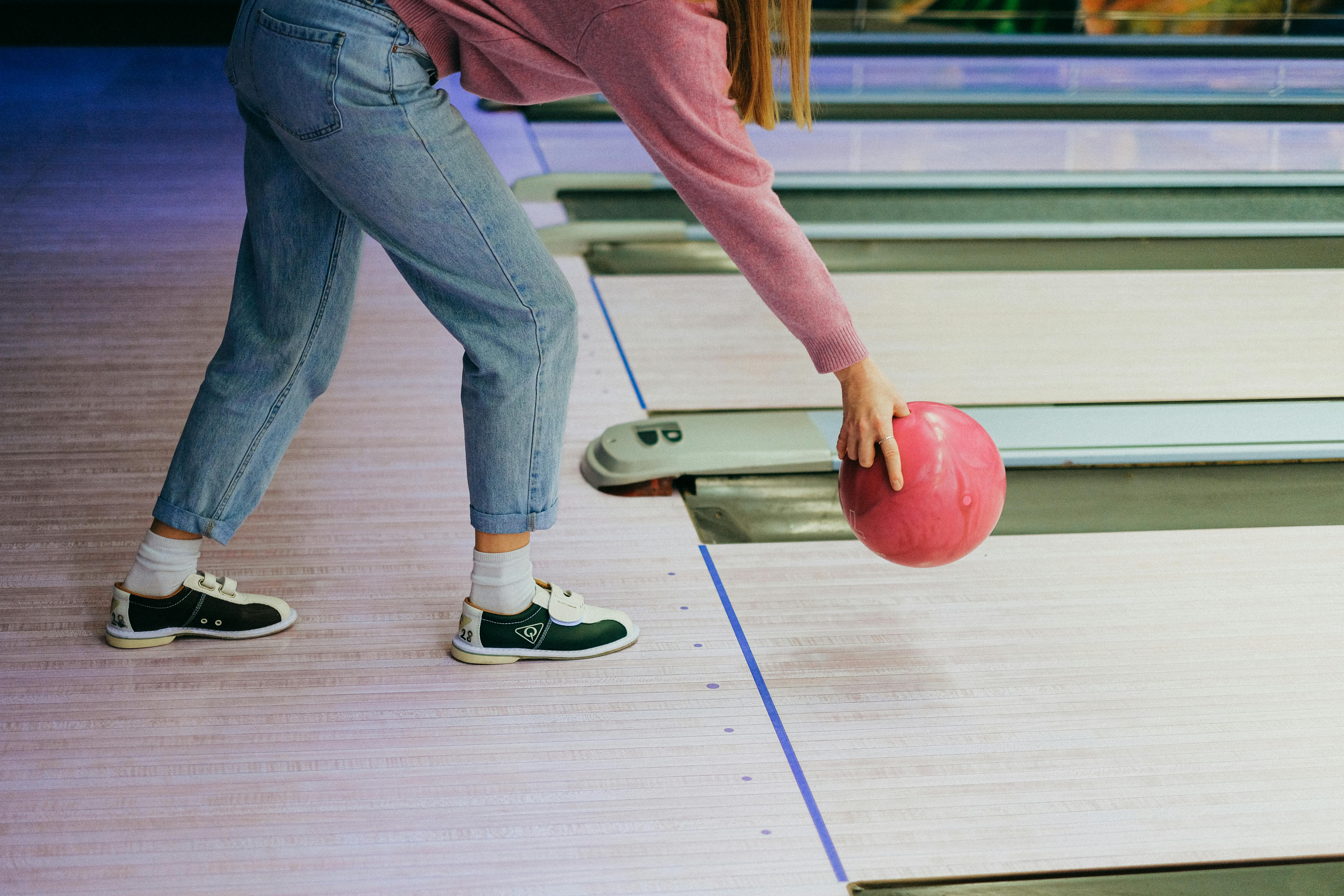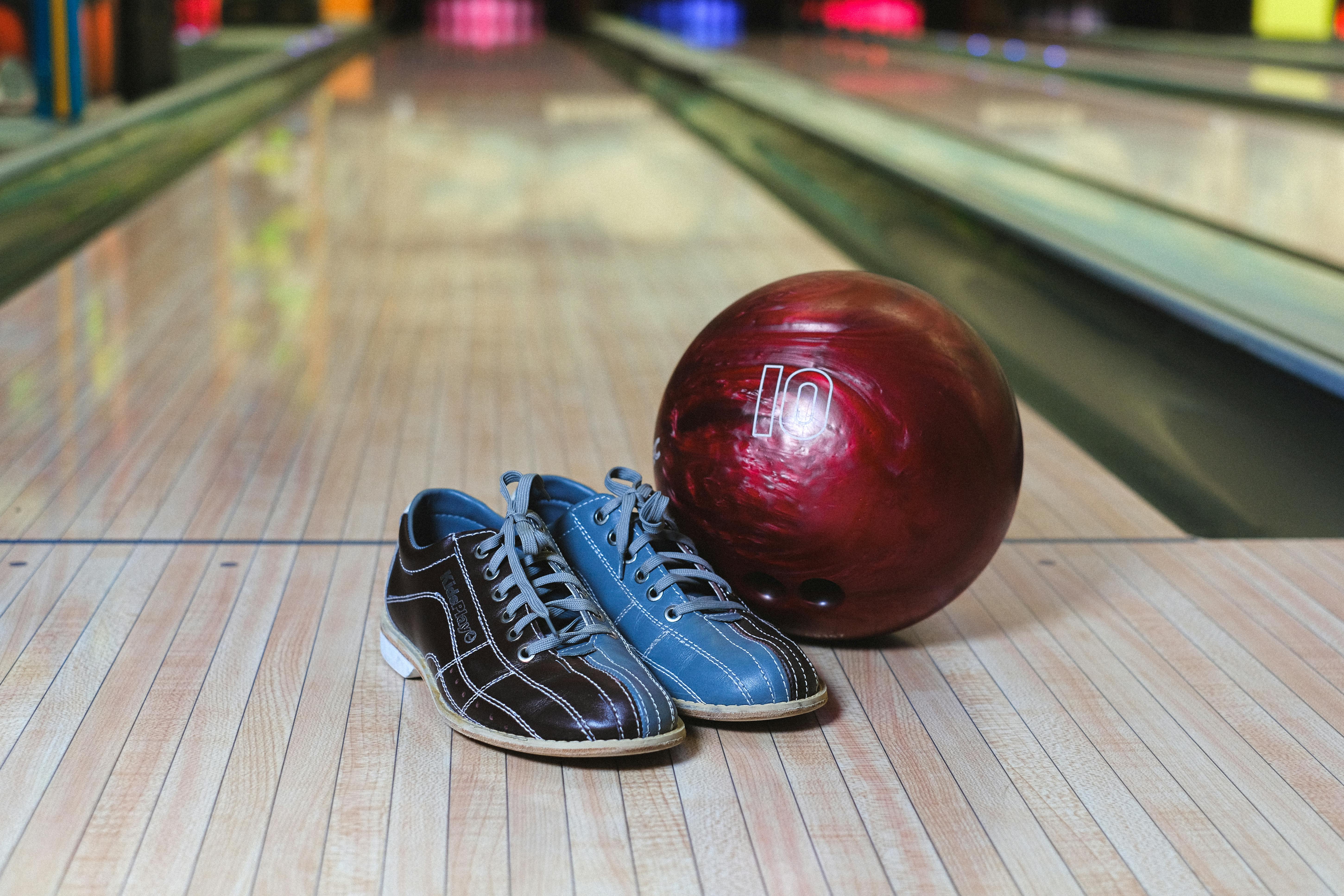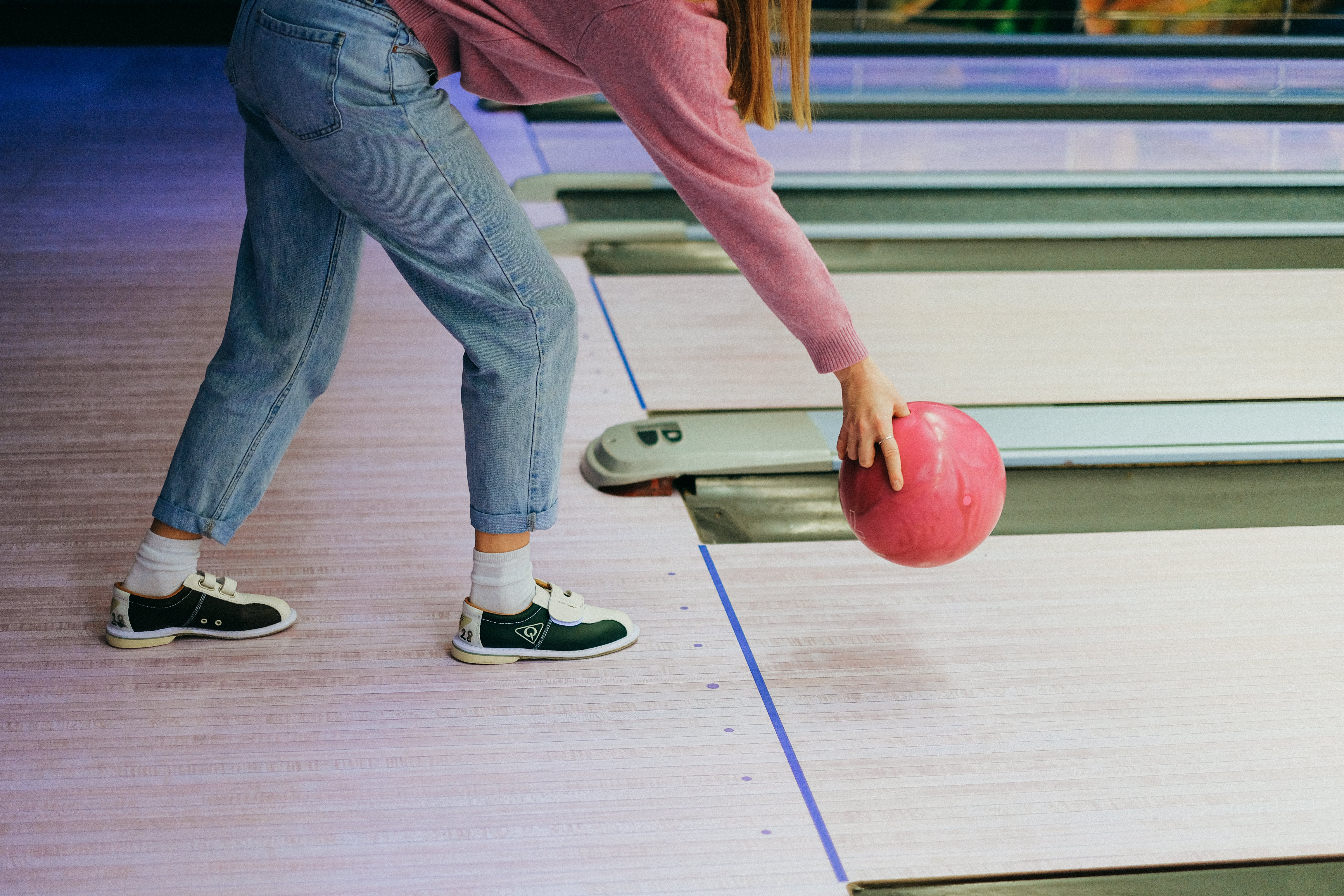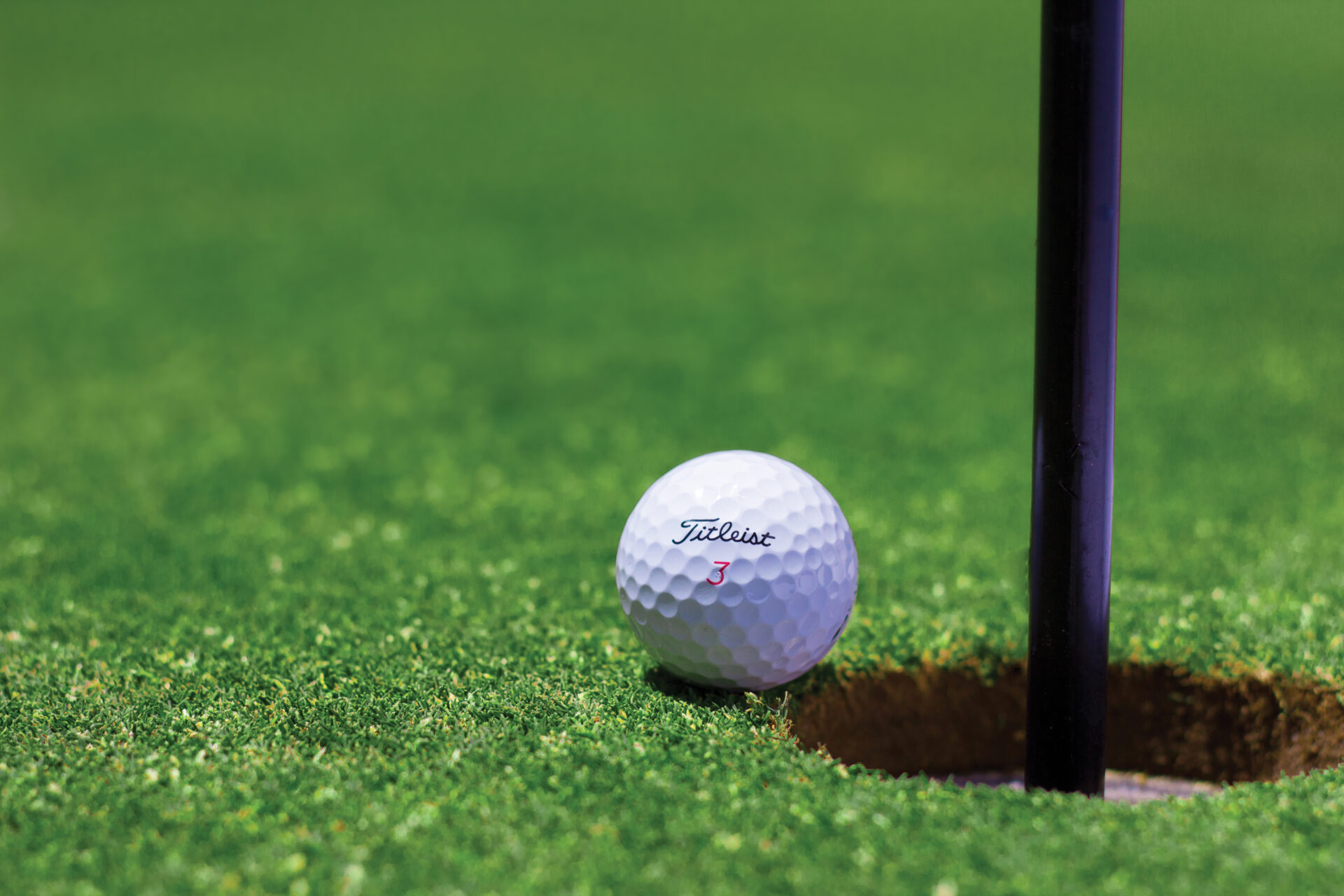A bowling ball is a type of ball used in the sport of ten-pin bowling. It is typically made of urethane, resin, and various additives to improve its performance in the game. The outer surface of the ball can vary in design and color, but the inner core is usually made of a hard rubber or plastic material. The core also includes a weight block which gives the ball its weight and affects how it moves when thrown.Bowling balls are typically made of a polyester or urethane material. The core is usually composed of a hard polymer or rubber material, while the outer shell is composed of a plastic-like material that can be dyed different colors and have patterns engraved on it.
Different Types of Bowling Ball Materials
Bowling is a popular sport that has been around for centuries, and with the rise of modern technology, bowling balls come in many different materials. The most commonly used materials are plastic, urethane, reactive resin, and particle. Each material has its own advantages and disadvantages.
Plastic bowling balls are the least expensive option and are best for beginner bowlers. They provide the least amount of hook potential, making them ideal for straight-bowling styles. Plastic materials are durable and will last a long time if properly maintained. However, they do not provide as much control as urethane or reactive resin balls.
Urethane bowling balls are more expensive than plastic but provide better control than plastic balls. Urethane also provides more hook potential than plastic, making it ideal for those looking to play with a hook ball style. Urethane is also more durable than plastic but can be less durable than reactive resin or particle balls if not cared for properly.
Reactive resin bowling balls are the most expensive option but offer the most control and hook potential of all materials available. Reactive resin is made from a combination of special polyurethanes and resins that react to oil on the lanes to create maximum friction between the ball and lane surface. This allows bowlers to have greater control over their shots and create more hook potential.
Particle bowling balls are made from a combination of ceramic particles mixed with rubber or other synthetic compounds that react differently to oil on the lanes than other materials do. Particle bowling balls provide bowlers with great traction on oily lanes but can lack in overall control compared to urethane or reactive resin balls due to their inability to create as much friction between the ball and lane surface.
No matter what type of material you choose for your bowling ball, you should always make sure you take proper care of it by cleaning it regularly and storing it in a cool dry place when not in use. This will ensure your bowling ball lasts as long as possible so you can enjoy your game for years to come!
Polyester Bowling Balls
Polyester bowling balls are a popular choice among bowlers who want to be able to control their ball speed and spin. They are also great for players who want to make sure their ball is always consistent, regardless of the lane conditions. Polyester bowling balls are made from a plastic-like material that is durable and resilient, making them ideal for a variety of bowling conditions. The polyester material also has a low friction coefficient, which helps the ball roll further with less energy expended. This makes it easier for bowlers to control their shots and get more consistent results.
Polyester bowling balls come in a variety of colors, sizes, and weights. Bowlers can choose from bright colors like red or blue, or more subtle shades like black or gray. They can also choose from different weights ranging from six pounds to sixteen pounds, allowing them to find the perfect weight for their style of play. When choosing the size of your polyester bowling ball, it’s important to keep in mind how your hand size affects your grip on the ball. If you have larger hands, you should opt for a larger size ball; if you have smaller hands, you should opt for a smaller size ball.
When it comes to choosing the right polyester bowling ball for you, there are several factors that need to be taken into consideration. These include your skill level as a bowler, your budget, and what lane conditions you’ll be playing on most often. The more experienced you are as a bowler, the higher quality of polyester bowling balls you may want to purchase. If you’re just starting out in the sport or plan to play mostly on house lanes with lower oil levels than tournament lanes then an entry-level polyester bowling ball will likely suit your needs just fine. However if you’re an experienced bowler and plan on competing in tournaments then investing in higher quality polyester balls will help ensure that you get better performance out of them when playing on tougher lane conditions.
No matter which type of polyester bowling ball is right for your game, remember that proper maintenance is key when it comes to getting the most out of it over time. It’s important to clean your ball after each session with warm water and mild detergent (never use abrasive cleaners) and then dry it thoroughly before storing it away in its original box or bag until next time!
Urethane Coverstock Bowling Balls
Urethane coverstock bowling balls are known for their superior gripping power and are especially popular among bowlers who prefer more control in their game. Urethane bowling balls provide bowlers with higher friction, allowing them to make tighter turns and better control the ball’s trajectory as it moves down the lane. Urethane coverstock bowling balls also tend to last longer than other types of bowling balls, making them a great choice for those looking for a long-term investment.
Urethane coverstock bowling balls come in a variety of colors and styles, making it easy to find one that matches your style and preferences. They are also very durable, so you can expect your urethane coverstock ball to last you a long time. Urethane coverstock bowling balls can be used on any type of surface, so no matter what your local lanes are like, you can still enjoy the great benefits that urethane coverstock provides.
When shopping for a urethane coverstock ball, it is important to consider your own skill level and preferences. Urethane coverstock tends to be more suitable for experienced bowlers who have developed their own style and know how to control their ball effectively. If you’re still learning the game or just starting out, then you may want to consider other types of bowling balls such as reactive resin or plastic covers.
No matter what type of bowler you are or what kind of lanes you’re playing on, having a urethane coverstock ball in your arsenal will give you an edge over other bowlers. With superior gripping power and durability, these balls are sure to be a favorite among both beginners and experienced bowlers alike!
Reactive Resin Coverstock Bowling Balls
Reactive resin coverstock bowling balls are designed to provide maximum control and consistent performance on the lanes. They feature a reactive resin coverstock that is designed to provide maximum traction and back-end reaction when hitting the pocket. The reactive resin coverstock also gives the ball a good hook potential, which is ideal for bowlers who want to throw the ball with power and accuracy. This type of ball is perfect for bowlers looking for more control and consistency in their game. The reactive resin coverstock also helps reduce skid length, giving you an advantage on drier lanes. Reactive resin coverstock bowling balls are available in a variety of weights, colors, and sizes, so you can choose the one that best suits your style of play. With the right ball selection, you can take your bowling game to the next level.
In addition to providing control and consistency on the lanes, reactive resin coverstock bowling balls are also durable and long-lasting. The resilient material helps protect against wear and tear from repeated use, so you can get more games out of your ball without having to replace it often. Reactive resin coverstock also provides excellent oil absorption properties, so it won’t be affected by lane conditions as easily as other types of bowling balls. This means that you won’t have to worry about changing your ball too often due to lane conditions or oil patterns changing over time. Finally, these types of balls are easy to clean and maintain so you can keep them looking new for longer periods of time.

Particle Coverstock Bowling Balls
Particle coverstock bowling balls are designed to provide the bowler with extra traction in the oil. These balls are made with a special blend of particles that absorb oil and provide a more aggressive reaction at the break point than other bowling balls. The particles are applied to the surface of the ball and then polished to provide a smooth finish. The particles also help to reduce friction between the ball and lane, allowing for easier hooking action. Particle coverstock bowling balls have become increasingly popular over the past few years due to their ability to offer increased control and predictability when targeting spares or specific pins. The particle coverstock is also less sensitive to changes in lane conditions, making them an ideal choice for bowlers who need consistent performance in varying environments.
Particle coverstock bowling balls come in various colors and designs, allowing bowlers to customize their game with style and performance-enhancing features. They are available in both reactive and urethane varieties, each offering unique benefits in terms of control, durability, and lane reaction. Reactive particle coverstocks provide more hook potential than urethane coverstocks, while urethane particles give bowlers better length on dry lanes. Depending on a bowler’s style and preference, they can choose from either type of particle coverstock bowling ball to help them achieve their desired goals on the lanes.
Plastic/Polyurethane Bowling Balls
Bowling balls made of plastic and polyurethane materials are becoming more popular among recreational and competitive bowlers alike. These types of bowling balls provide a unique combination of durability, performance and affordability. Plastic/Polyurethane balls are a perfect choice for bowlers who want to improve their game without breaking the bank.
The plastic/polyurethane core of these bowling balls is designed to provide maximum power and spin. The outer coverstock is also designed to provide an optimum reaction on the lane. Combined, these features create an ideal ball for bowlers of all skill levels. The durability of these bowling balls also makes them great for long-term investment.
The affordability of plastic/polyurethane bowling balls is another major benefit. These types of bowling balls are much cheaper than their urethane or reactive resin counterparts, yet still offer the same performance benefits. This makes them a great option for recreational bowlers who don’t want to spend a lot on a new ball but still want the best performance possible.
Overall, plastic/polyurethane bowling balls are an excellent choice for recreational and competitive bowlers alike. Their combination of durability, performance and affordability make them an ideal option for bowlers looking to get the most out of their game without breaking the bank.
Urethane Bowling Ball Material
Urethane is a popular material used to make bowling balls. It has several advantages that make it a great option for bowlers of all skill levels. The main benefit of using urethane is that it is very durable and can stand up to a lot of wear and tear. Additionally, it has good traction on the lane, which helps with control and accuracy. Urethane also provides more hook potential than other materials, making it great for experienced bowlers who want maximum spin on their shots. On the downside, urethane bowling balls can be quite expensive compared to other materials. They also tend to be more difficult to control, which can be frustrating for beginner bowlers.
Plastic Bowling Ball Materials
Plastic bowling balls are often the preferred choice for beginner bowlers due to their affordability and ease of use. Plastic bowling ball materials are generally much less expensive than urethane and provide good durability against wear and tear. Additionally, they have less hook potential than urethane balls which makes them easier to control on the lanes. The main downside of plastic bowling balls is that they don’t provide as much traction as urethane balls, so experienced bowlers may find them lacking in terms of spin and accuracy when compared with other materials.
Reactive Resin Bowling Ball Material
Reactive resin bowling ball materials are becoming increasingly popular among experienced bowlers due to their improved performance on the lanes. These materials offer better traction than both plastic and urethane balls, allowing for greater spin potential and accuracy when throwing shots. Reactive resin also offers excellent durability against wear and tear so you don’t have to worry about replacing your ball too frequently. The downside of reactive resin bowling ball materials is that they tend to be quite expensive compared to other options on the market.

Conclusion
Bowling balls are essential components of the game of bowling, and they provide a great way for bowlers to customize their games. Knowing what bowling balls are made of can help bowlers select the ball that best suits their game needs. Most modern bowling balls are made of a combination of urethane, resin, and rubber, with some variations depending on the manufacturer. The cores and coverstocks also vary depending on the weight and purpose of the ball.
Regardless of what type of bowling ball you choose, it is important to select one that is suited to your skill level and preferred style. Careful selection and proper maintenance can help you maximize your performance on the lanes every time.




